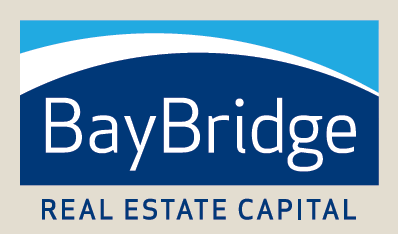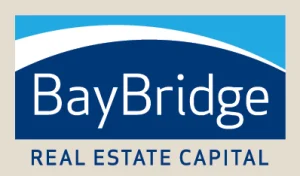Distressed Assets and Industry Outlook
The commercial real estate market faces a wave of distressed assets and a looming wall of maturities. The market anticipates approximately $270 billion in maturities from traditional bank lenders by the end of the year. Combined with a record number of commercial mortgage-backed securities (CMBS) maturing this year and the following, the industry is bracing […]
Interest-Rate Caps
Real estate investors with floating-rate loans will purchase rate caps as insurance from rate hikes and increased debt service. In fact, many commercial mortgage-backed security (CMBS) lenders will require their borrowers to purchase rate caps. If the Secured Overnight Financing Rate (SOFR) rises above a predetermined strike rate, the cap is considered “in the money,” […]
CMBS Trouble
Commercial mortgage-backed securities (CMBS) are investment products that offer liquidity to commercial lenders and real estate investors by using mortgages on commercial properties as collateral. These fixed-income investments provide a relatively reliable source of income to investors while also providing financing opportunities to commercial lenders. However, in 2023, the reliability of CMBS is deteriorating in […]

